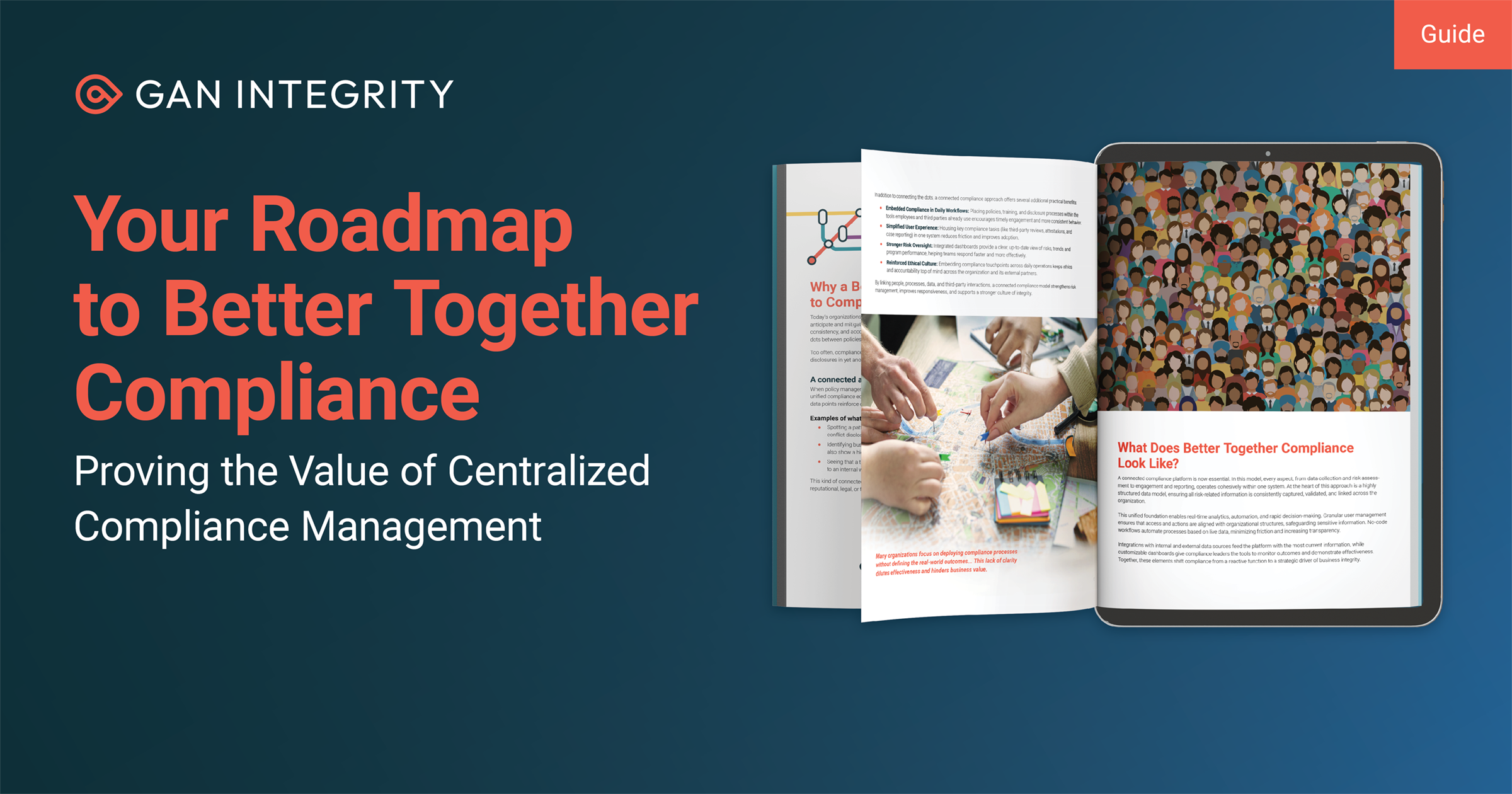Unethical behavior in the workplace, although not always illegal, can harm a company’s reputation resulting in loss of business, customers, employees, and possible closure of the company. Unethical behavior is not unique to a specific industry or location and happens in all types of organizations and industries.
What is unethical behavior at work?
Recent examples of unethical behavior in the workplace resulted in billions of dollars in fines and penalties. Wells Fargo Bank settled a civil lawsuit for $3 billion following a scandal where employees opened millions of fake accounts under the names of actual customers without their consent or knowledge in order to meet sales goals. Volkswagen’s scandal involved engineers programming computers in their diesel cars to cheat the emission tests, ultimately violating the Clean Air Act. Volkswagen was aware of the issue and instead of publicly identifying the issue, they cheated on the emission reports to avoid the cost of repairing the diesel vehicles. Volkswagen paid over $30 billion in settlements.
The Harvard Business Review article, “How Common Is Unethical Behavior in U.S. Organizations?” references a national survey conducted by the Yale Center for Emotional Intelligence with the collaboration with the Faas Foundation, which found that:
- 29% of U.S. employees have witnessed or experienced unethical behavior.
- 27% of U.S. employees experienced an unhealthy work environment.
- 1 in 4 employees in the U.S. feel pressured to act unethically and are afraid to speak up.
Companies should take heed that if unethical actions by employees go unaddressed, the corporate culture inside the company can become toxic and result in major disruptions, such as insider fraud, reputational risk, legal issues, and monetary penalties by regulatory agencies.
What are the causes of unethical behavior in the workplace?
The Ethics & Compliance Initiative 2020 report conducted a global survey regarding the pressure employees are faced within the workplace and the results indicate “the pressure employees may experience to compromise their organization’s ethics standards, policies or the law is linked with an increased likelihood to observe misconduct. In brief—pressure goes hand in hand with higher prevalence rates of misconduct.”
The ECI global survey identified that:
- Misconduct rises with an increase in organizational change. The results indicate that employees who experience four or more changes in 12 months were two times likely to observe misconduct compared to employees working in a business without any significant changes. Some examples of significant changes are mergers and acquisitions, and cost-cutting strategies resulting in layoffs and business reorganizations. 2020 uprooted employees and businesses because of the COVID-19 pandemic. Many organizations allowed employees to work remotely from home, created flexible working schedules, and banned business travel.
- Pressure to compromise organizational ethics standards plays a role. Work pressure creates several stress factors for managers and employees such as work deadlines, performance goals, technology issues, and demands from other areas in the company.
- Pressure to bend the rules exists within organizations. As a result of change and work stressors, the ECI report identified that 22% of employees feel the pressure to bend the rules to get the work done and meet the demands placed on them.
When any of the abusive behaviors listed above are witnessed by management and go unreported, employees develop a lack of trust in the organization that unethical behavior in the workplace is tolerated. The results can be felt by lack of performance and employees remain silent out of fear of being labeled a snitch. This can eventually lead to a multi-billion dollar problem.
So how can an organization turn around the unethical behavior in their workplace?
9 Steps to Overcome Unethical Behavior in the Workplace
Step 1: Create a Code of Ethics that establishes your company’s core beliefs and values to help understand the boundaries in your organization. The Code of Ethics addresses equal opportunity, encourages employees to speak up and report breaches of ethics, a no retaliation policy, and zero-tolerance on discrimination and harassment.
Step 2: Lead by example to establish transparency in your organization. Establish ongoing communications by management and develop a whistleblower hotline program to encourage employees to report breaches with no fear of retaliation.
Step 3: Reinforce consequences for unethical behavior in the workplace throughout all levels in the organization and hold everyone accountable through timely performance reviews, disciplinary actions, and possible termination of employment.
Step 4: Show employees they are appreciated for their ethical contributions through positive performance reviews, awards, and company newsletters. The tone from the top increases employee’s morale and productivity.
Step 5: Invest in technology solutions to move away from manual processes that can lead to mishandling and fraud. Automated solutions provide efficiencies by ensuring third parties, conflicts of interest, and training programs are all seamlessly executed across the organization. The adoption of technology leads to the improvement of program performance and accomplishments.
Step 6: Welcome a speaker on workplace ethics to conduct training for new hires and ongoing training for employees. Include ethics in leadership development programs and train managers on how to communicate and respond to employee concerns.
Step 7: Create a protocol of checks and balances in your organization. Conduct annual audits to verify procedures are being followed and recommend new procedures be created to address unique situations that arise during the year such as after a merger or acquisition, or a new system of global payments introduced. Identify conflicts of interest and establish levels of controls and approvals to avoid abuses and misconduct in the workplace.
Step 8: Include ethics in the hiring process. It is always beneficial to consider a candidate’s skill and education, but also determine if the candidate shares the same value’s as the company to ensure they will support the company’s vision and culture.
Step 9: Management must lead by example to show accountability and commitment to company values and ethical leadership. Ethics should guide your organization’s business decisions. Daily decisions and actions have a direct impact on the reputation of the employee, management, and the organization’s status in the community it serves. An effective compliance and ethics program protects the organization from legal processes such as litigation, enforcement actions, penalties, and loss of shareholder confidence. Build a strong ethical foundation and ensure all employees are committed to adhering to it.

Michael Volkov specializes in ethics and compliance, white collar defense, government investigations and internal investigations. Michael devotes a significant portion of his practice to anti-corruption compliance and defense. He regularly assists clients on FCPA, UK Bribery Act, AML, OFAC, Export-Import, Securities Fraud, and other issues. Prior to launching his own law firm, Mr. Volkov was a partner at LeClairRyan (2012-2013); Mayer Brown (2010-2012), Dickinson Wright (2008-2010); Deputy Assistant Attorney General in the Department of Justice (2008); Chief Counsel, Subcommittee on Crime, Terrorism and Homeland Security, House Judiciary Committee (2005-2008); and Counsel, Senate Judiciary Committee (2003-2005); Assistant US Attorney, United States Attorney's Office for the District of Columbia (1989-2005); and a Trial Attorney, Antitrust Division, United States Department of Justice (1985-1989).
